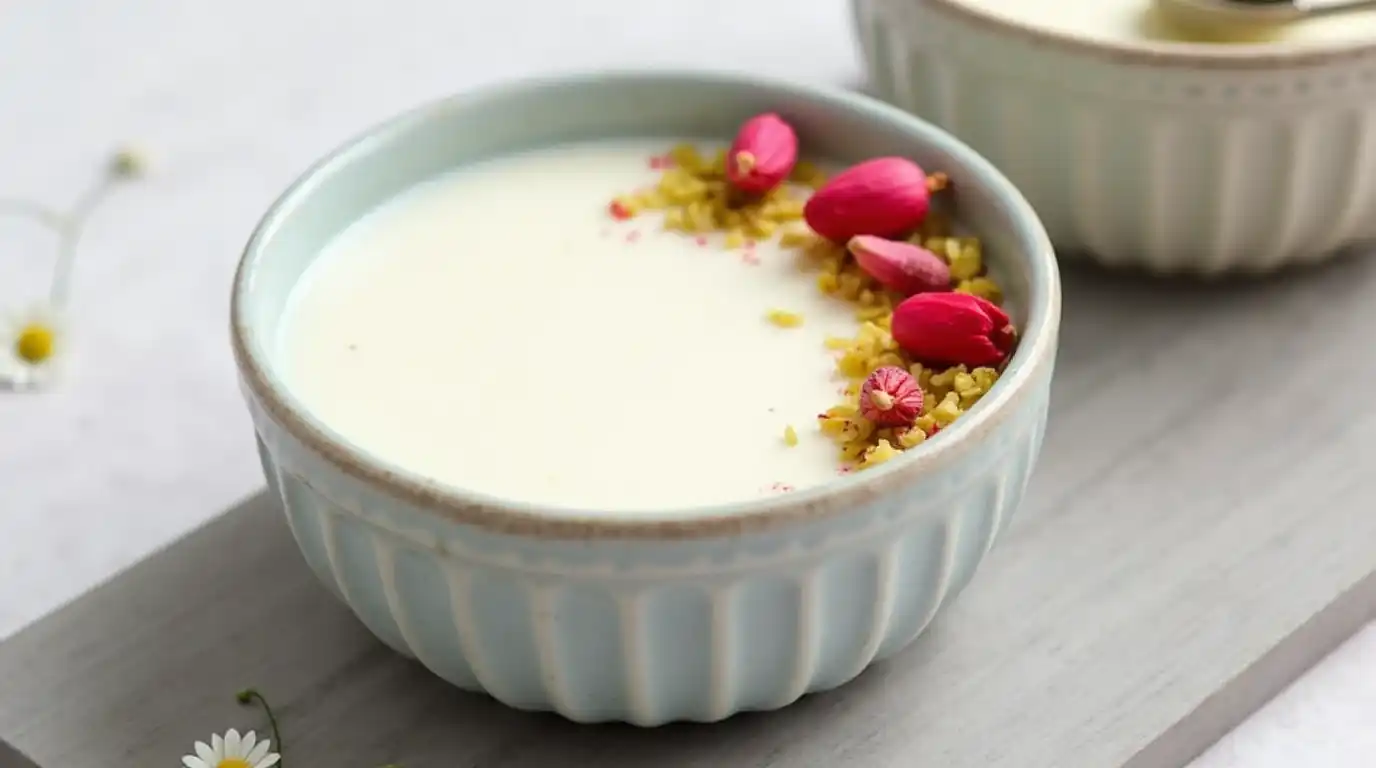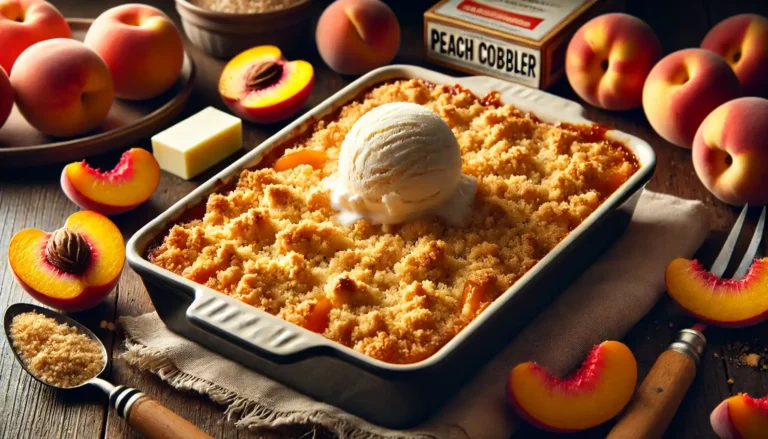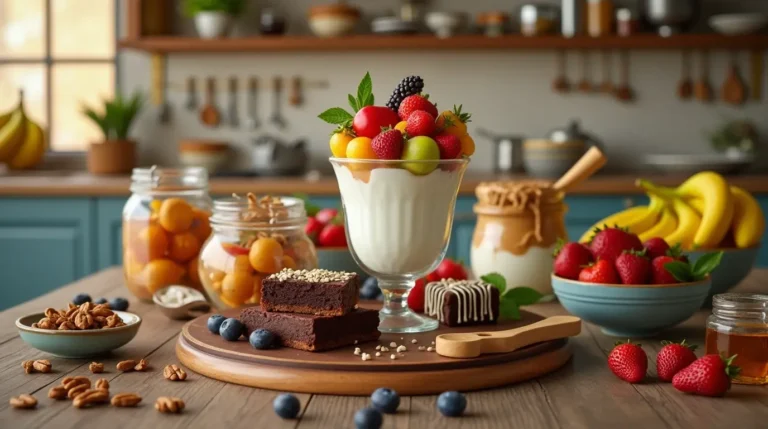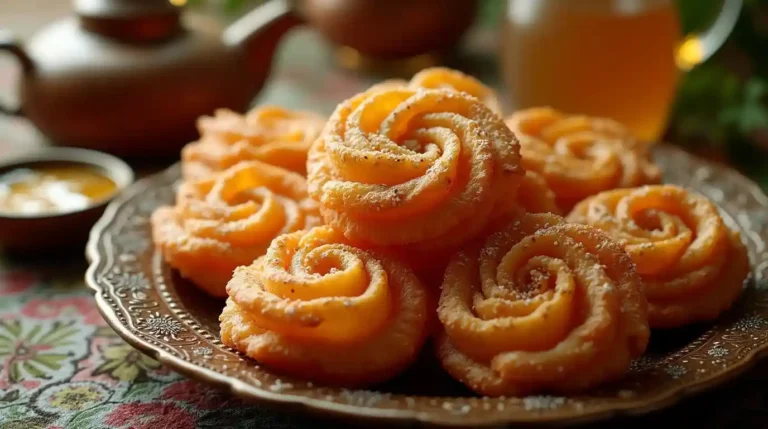Try the Best Mahalabia Recipe: A Sweet Arabic Delight
Mahalabia (also known as Muhallebi or Mahallabia) is a traditional Arabic dessert that has been enjoyed for centuries across the Middle East. With its velvety texture and aromatic flavors, this creamy pudding has earned a special place in the hearts of many. In this article, we will explore the origins of mahalabia, its key ingredients, the preparation techniques, and various ways to serve and enjoy this delectable treat.
The Origins
A Historical Perspective
Mahalabia has ancient roots, believed to have originated in the Arabic-speaking world. While the exact date of its inception is unclear, it is thought to date back to the time of the ancient Egyptians and Greeks. In fact, similar recipes have been found in texts dating back to the 10th century.
Cultural Significance
Mahalabia is more than just a dessert; it holds cultural significance in various Middle Eastern countries. It is often served during special occasions, family gatherings, and religious celebrations, representing hospitality and warmth. The dessert can vary in flavor and presentation depending on the region, reflecting the diversity of Arabic cuisine.
Key Ingredients
To make mahalabia, you’ll need a few essential ingredients. The beauty of this dessert lies in its simplicity, making it easy to prepare while still delivering rich flavor.
1. Milk
Milk serves as the base for mahalabia, contributing to its creamy texture. You can use whole milk for a richer pudding or opt for lighter alternatives like almond milk for a dairy-free version.
2. Sugar
Sugar sweetens the pudding and balances the flavors. Depending on your taste preferences, you can adjust the amount of sugar in the recipe.
3. Cornstarch
Cornstarch is used as a thickening agent in mahalabia. It helps create that luscious, pudding-like consistency. Be sure to dissolve the cornstarch in cold milk before adding it to the mixture to avoid lumps.
4. Rose Water or Orange Blossom Water
These floral waters give mahalabia its distinctive aroma and flavor. While rose water is more commonly used, orange blossom water can also be a lovely addition, providing a unique citrus note.
5. Nuts and Fruits
For garnishing, chopped nuts such as pistachios, almonds, or walnuts can be added, along with fresh fruits like berries or fragrant dried fruits like apricots and dates. These toppings enhance the visual appeal and add texture to the dessert.
How to Prepare
Now that we have covered the origins and ingredients of mahalabia, let’s dive into a step-by-step recipe to make this delightful dessert.
Ingredients
- 4 cups milk (whole or plant-based)
- 1 cup sugar (adjust to taste)
- 1/2 cup cornstarch
- 1/4 cup rose water (or orange blossom water)
- A pinch of salt
- Chopped nuts (for garnish)
- Dried fruits or fresh fruits (optional, for serving)
Instructions
Step 1: Prepare the Cornstarch Mixture
- In a small bowl, combine the cornstarch with 1 cup of cold milk. Whisk until fully dissolved, ensuring there are no lumps. This step is crucial for achieving a smooth texture.
Step 2: Heat the Milk
- In a large saucepan, combine the remaining milk and sugar. Place the saucepan over medium heat and stir until the sugar dissolves. Do not let the mixture boil.
Step 3: Thicken the Custard
- Once the milk mixture is hot (but not boiling), gradually pour in the cornstarch mixture while continuously stirring. This helps prevent lumps from forming.
- Keep stirring the mixture over medium heat until it thickens and reaches a pudding-like consistency. This process should take around 10-15 minutes.
Step 4: Flavor
- Once thickened, remove the pan from heat and stir in the rose water (or orange blossom water) and a pinch of salt. Mix well to combine.
Step 5: Chill the Dessert
- Pour the mahalabia mixture into serving bowls or dessert cups. Allow it to cool to room temperature, then refrigerate for at least 2-3 hours (or until set).
Step 6: Serve and Garnish
- Once set, garnish the mahalabia with chopped nuts and fruits of your choice. Serve chilled and enjoy!
Variations
Mahalabia is a versatile dessert that can be customized to suit different tastes and preferences. Here are a few popular variations you may want to try:
1. Coconut
For a tropical twist, you can add shredded coconut to the mahalabia mixture. This not only enhances the flavor but also adds a delightful chewy texture.
2. Chocolate
Chocolate lovers can incorporate cocoa powder or melted chocolate into the mahalabia mixture for a rich and indulgent dessert. This variation is particularly popular among younger audiences.
3. Fruit-Infused
Incorporate fruit puree, such as strawberry or mango, into the mixture before chilling. This gives the dessert a vibrant color and fruity flavor that is sure to impress.
4. Saffron
Adding a few strands of saffron to the milk mixture infuses the mahalabia with a luxurious aroma and golden color. This variation is especially popular in Persian cuisine.
Serving Suggestions
Mahalabia can be served in a variety of ways, making it a perfect addition to any meal or occasion. Here are some serving ideas:
1. As a Standalone Dessert
Mahalabia serves as a delightful standalone dessert. Its creamy texture and sweet flavors are satisfying on their own, making it an excellent choice after a hearty meal.
2. As Part of a Dessert Platter
Serve mahalabia alongside other traditional Middle Eastern desserts, such as baklava or kunafa, on a dessert platter. This creates a beautiful presentation and an array of flavors for guests to enjoy.
3. With Fresh Fruits
Pair mahalabia with fresh fruits such as berries, citrus segments, or pomegranate seeds for added freshness and a pop of color.
4. Drizzled with Honey
For a touch of natural sweetness, drizzle honey or a fruit syrup over the mahalabia before serving.
The Nutritional Benefits of Mahalabia
While mahalabia is a dessert, it does offer some nutritional benefits:
1. Source of Calcium
Since milk is the main ingredient, mahalabia provides a good source of calcium, which is essential for maintaining strong bones and teeth.
2. Healthy Fats (if using nuts)
If you add nuts as a topping, they offer healthy fats, protein, and essential vitamins and minerals. Nuts can also enhance satiety, helping you feel full longer.
3. Low in Calories
Depending on how it is made, mahalabia can be a relatively light dessert, particularly if prepared with low-fat milk and minimized sugar.
Conclusion
Mahalabia is a delightful dessert that embodies the essence of Arabic cuisine. With its silky texture, aromatic flavors, and endless possibilities for customization, it stands out as a favorite among many.
Whether you enjoy traditional mahalabia or explore its various exciting twists, this dessert is perfect for both intimate gatherings and grand celebrations.
By making this delicious pudding at home, you not only connect with wonderful culinary traditions but also create lasting memories with friends and family. So gather your ingredients and embark on a culinary adventure; mahalabia awaits!
For more delicious recipes from the Middle East, check out EatingWell for an array of culinary inspiration.







